What happens to unsellable books?

Which books are difficult to sell??
Books that are difficult to sell are not only damaged or heavily worn, but often also in perfect condition, for which there is simply no demand on the market anymore.
Typically, these are the kinds of books.
Damaged books
Books with loose or torn bindings, heavily creased or ripped covers, missing or torn pages, written or scribbled interiors, highlighter markings, stains, or other obvious signs of wear. This also includes books damaged by moisture—wavy pages, water stains, musty odors, or signs of mold are clear indicators. Such copies are generally unsellable, as they are no longer in a condition that anyone would want to keep at home.

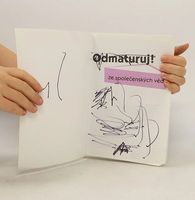
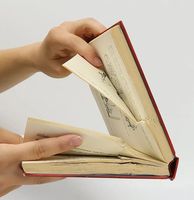

Old manuals and technical guides
This includes instructions for technologies that are no longer in use (old operating systems, programs, devices). Once a technology becomes obsolete, demand practically disappears, as almost no one needs it anymore.

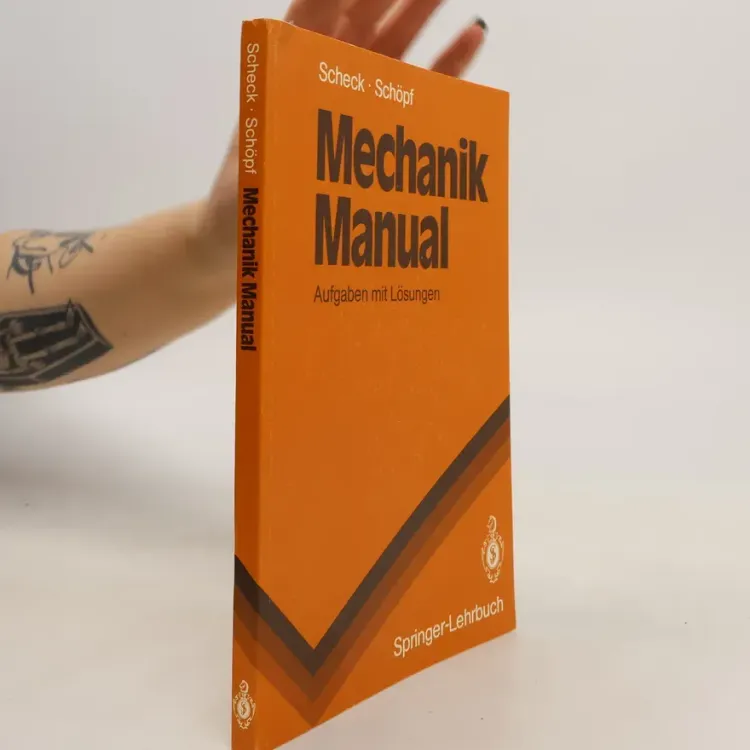


Outdated textbooks, dictionaries, or travel guides
Old schoolbooks based on previous curricula, language dictionaries, map atlases with outdated data, or travel guides with obsolete information have also become practically unsellable over time. Most people look for current editions or use the internet, making these titles very difficult to sell.
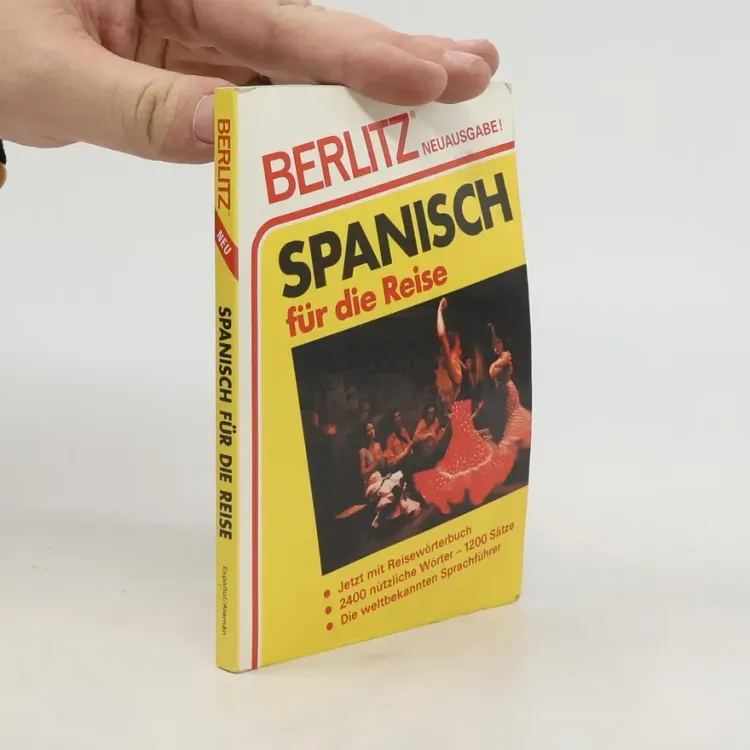
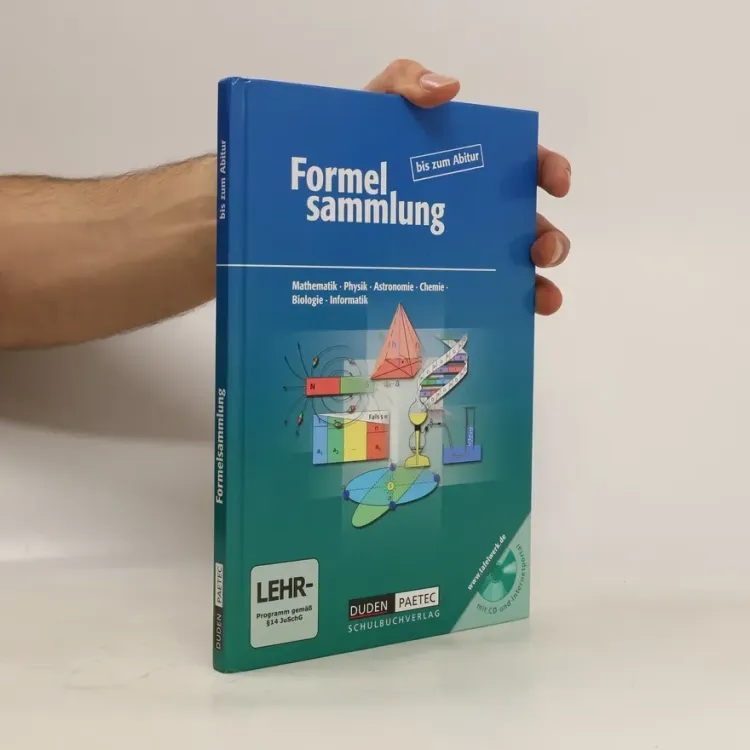

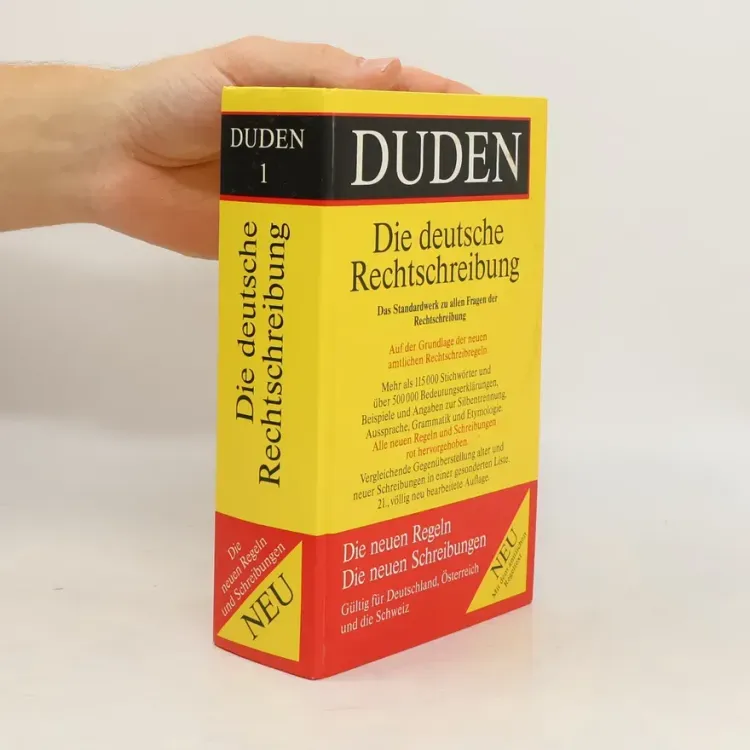
Titles tied to a specific show or local personality
Books created as a companion to a particular TV show, competition season, or well-known personality (e.g., “Recipes from a TV Show,” “My Story” by a contestant). Interest is highest during the broadcast or media attention and declines very quickly afterward.

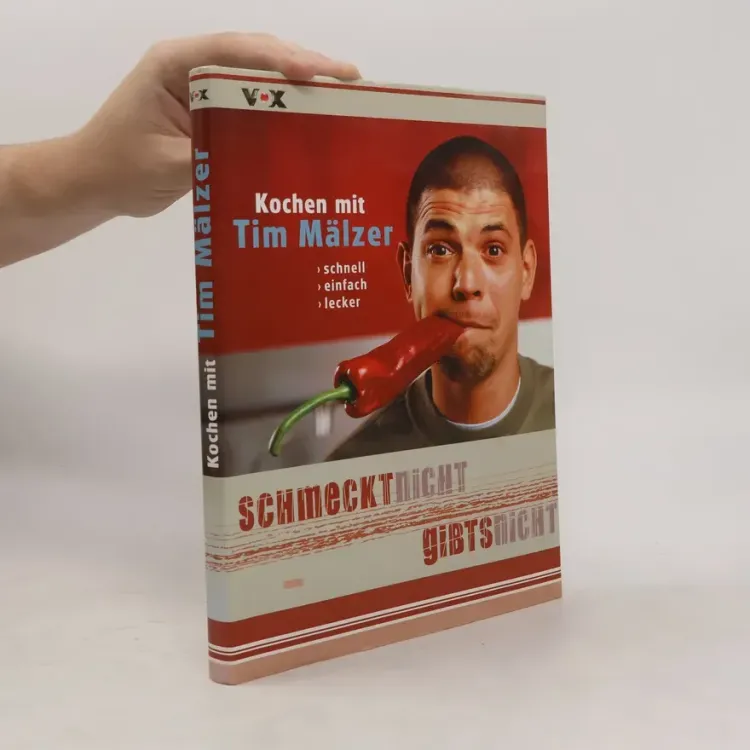

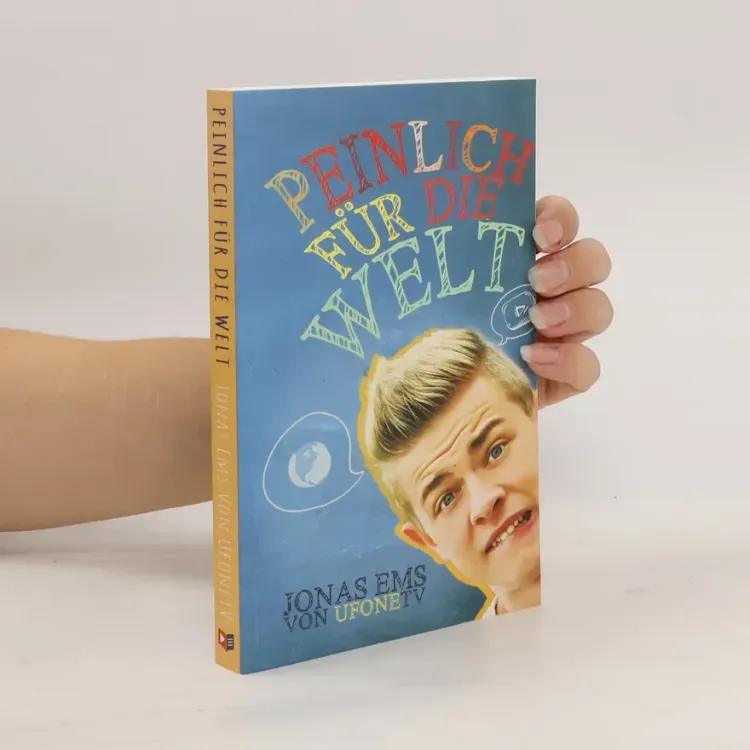
Themed special editions from retail chains or magazines
Cookbooks, manuals, and special editions from supermarkets or magazines are practically unsellable. These titles are printed in large quantities and sold cheaply or even given away for free, so many people already have them at home, making the demand for additional copies practically zero—or there is simply no interest at all.
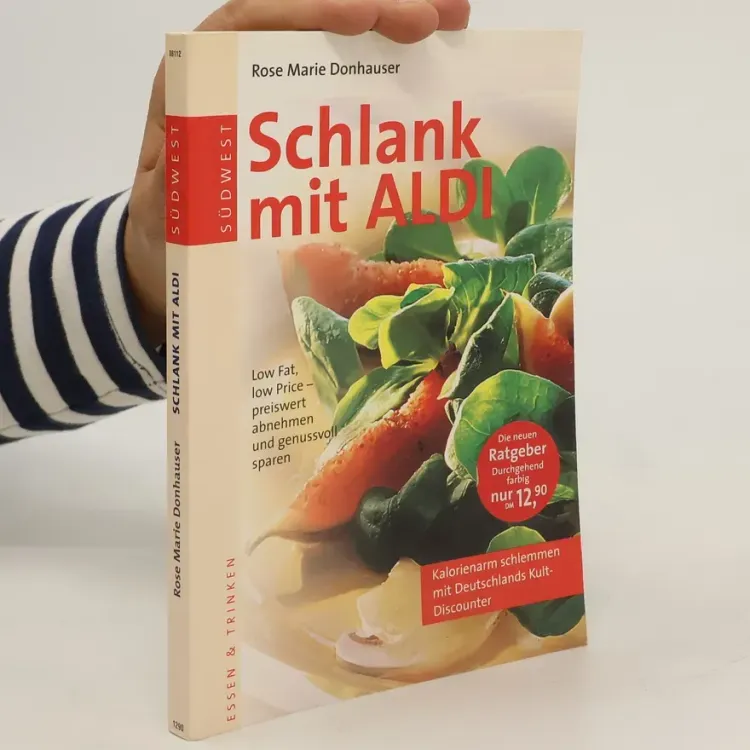
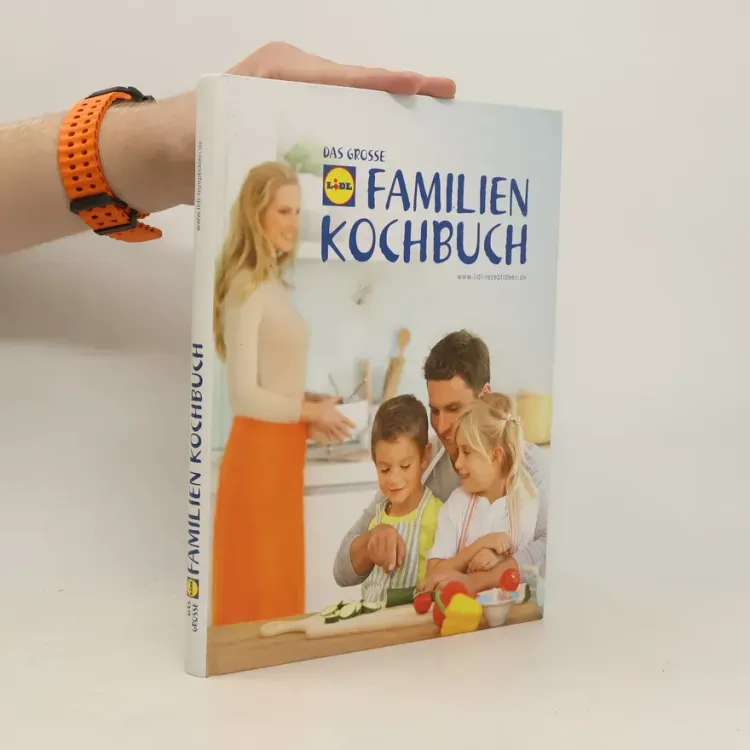
What happens to unsellable books?
High-quality, undamaged books that we couldn’t sell are passed on to places where they can still be used. We send them to children’s clubs, kindergartens, non-profit organizations, or to artists (for example, as decorations or props for theater productions).



Recycling and Other Uses
Some books, however, are not even accepted for free. These books must be sorted out.
This includes both damaged and heavily worn books as well as books in good condition for which there is no longer any demand on the market. As mentioned earlier, these are mostly books with outdated information or topics that were only relevant for a specific period. This includes books that were printed in large quantities, heavily promoted, old and expired textbooks, manuals, dictionaries, books about local celebrities, or time-specific phenomena. There is no market demand for these books, making resale impossible.
The most environmentally friendly way to handle such books is proper recycling to produce reusable paper. That’s why we send these books to specialized recycling companies, where they are processed in an eco-friendly way: into paper and other materials, such as egg cartons.